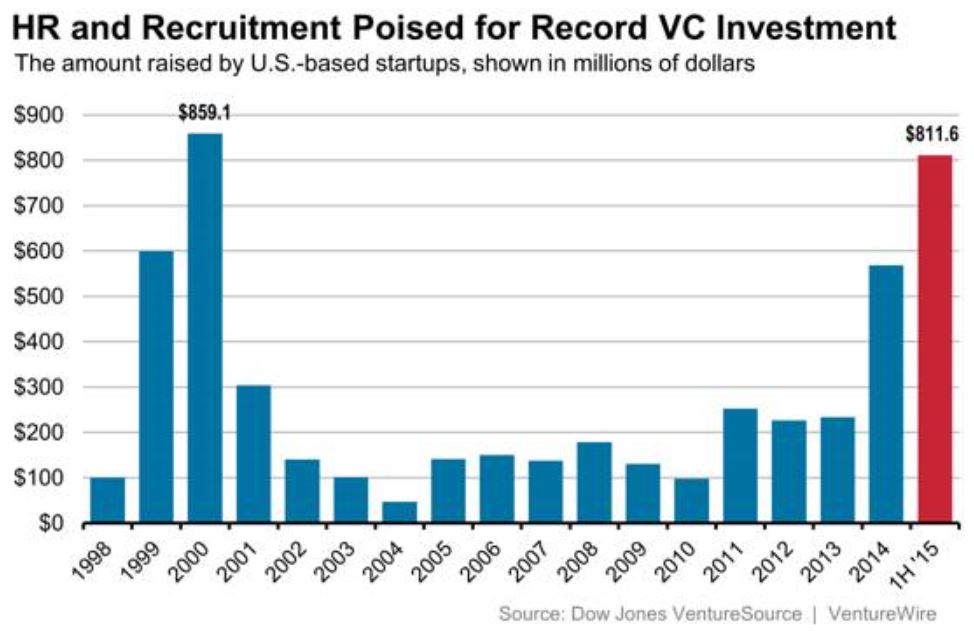According to Merriam Webster’s online dictionary, “Super” is defined as being “of high grade” or the quality of “exhibiting the characteristics of its type to an extreme or excessive degree.” Merriam Webster’s online dictionary also defines “Serve” as “to be a servant.” So, really “Super Service” can be said more powerfully as: extreme servants delivering excessive service.
Wouldn’t it be nice if you could super-size service like you can super-size your lunch and transform your company culture to one of extreme servants delivering excessive service? This is certainly a dream come true for many growing companies. Unfortunately, it isn’t that easy to get to Super Service standards. It is possible however, over time to position your company to Super Service by adopting the following, mostly simple (one not so much), recommendations.
Know the needs and service history of all of your customers.
Starting with the sale, continuing through setup, onboarding, and then ongoing with continuing service, it is essential to document your customers’ service needs and open issues to be able to super serve your customers on a consistent basis. At Mangrove, we use a CRM (Customer Relationship Management) system to store relevant customer information such as sales orders, setup documents, etc., and then document customer encounters to create a customer profile with the institutional knowledge that is essential to serving our clientele with Super Service. When we engage a client, our service person can quickly review the CRM and determine the background information for important customer handling clues, such as: Has the recently called for a similar issue? Is someone else already working this issue? What out-of-the box service commitments do we have with this customer? This CRM allows us to perform as a united team and to collaborate toward developing and sharing a full understanding of our customers’ service needs and service history.
Communicate service expectations clearly and concisely.
In many cases service failures occur when the customer expects one thing, but your firm is doing something different. To be a Super Service organization, you’ll need to consistently manage your customers’ service expectations by documenting your service commitments and then sharing those documented commitments with teammates so you’ll effectively collaborate toward exceeding service expectations as a united team. With every customer exchange, a Super Service organization takes their obligation to communicate an understanding of what the immediate key service objectives are, develop and then communicate a plan to meet those objectives, and then arrive at an agreement of how success will be measured for achieving the previously defined objectives. This protocol of establishing an up-front agreement takes the guesswork out of service and ensures success, as long as you follow through with timely performance of your agreed-to service plan.
Measure your performance and how customers perceive your performance often.
Internal and external measures of your company’s performance are essential to maintaining Super Service levels and to making appropriate changes to improve service levels that aren’t making Super Service grades. At my company, Mangrove Software, we use a variety of tools to measure our performance including monthly department-level score cards, which objectively report our performance against our defined internal service levels and external customer surveys that help us gauge how our customers feel we are doing.
It’s not enough to just fix problems. Do something for the customer’s trouble.
The timely fixing of a customer’s complaint is essential to good service, but it’s just not enough to qualify for Super Service. To be a Super Servant, you must mend the relationship and rebuild trust that has been damaged by the service failure. Often the customer accommodation doesn’t have to be extravagant or excessive. Your customer will feel better if you simply recognize their inconvenience. It is always reasonable to credit charges for services failures, but often a small denomination gift card is more personal, powerful, and effective.
Follow up.
A few days after the dust settles, follow up with an email and a phone call. These follow-up communications are needed to reinforce your commitment to service and will help to strengthen your customer’s perception of being valuable to your firm. The intention is to convey these few things in this email and phone call:
- A sincere apology and the accommodation provided, if a credit was issued. Personal gift cards should be handled in a separate communication.
- An explanation of what went wrong, how the issue was resolved, and why it won’t happen again in the future.
- Thanks for their patience, trust, and continued patronage.
Learn from your failures.
View every service failure as an opportunity to learn how to provide your clientele better service. Many customer service issues are symptoms of issues elsewhere in the organization and can and should be avoided with some planning and better, more concise communication. Empower your frontline service people to document service failures and then hold your leadership team accountable to identify the root cause of the service failures and create the needed policy, product, documentation, and/or service changes required mitigate these issues and keep them from happening again.
Put your money where your mouth is.
This is by far the most difficult recommendation to implement, but it is the one that can have the greatest immediate impact toward culturing Super Service. Give your customers control over a portion of your fees that will be earned by you based on your service performance, and then directly align your service team’s compensation with customers’ payment of these at-risk fees. This concept of having some percentage of your fees at risk where your firm earns its keep based meeting periodic measures of service-levels and/or quality expectations forces your service team into some important Super Service behaviors. For this program to work, your service team must define service expectations with the customer upfront and then manage to them with periodic and meaningful performance reviews with the client. This alignment between your customers’ expectations, service needs, and service, along with customer-controlled incentives to serve, is a very powerful tool toward being Super Service organization.
 Regardless of party affiliation or politics, the first 100 days of the any new presidential administration are expected to bring change. The Trump administration is no different in that regard. He has made promises to voters and has gone as far as presenting a contract with America. With the Republican party controlling both the house and the senate, the Trump Administration has a good chance of executing on some of its promises in its first 100 days’ plan.
Regardless of party affiliation or politics, the first 100 days of the any new presidential administration are expected to bring change. The Trump administration is no different in that regard. He has made promises to voters and has gone as far as presenting a contract with America. With the Republican party controlling both the house and the senate, the Trump Administration has a good chance of executing on some of its promises in its first 100 days’ plan.
 Billions of dollars invested in HR technology companies have created a handful of new and reborn one-size-fits-all HCM vendors who made a big splash on the HR scene throughout 2015 and 2016. Not to be outdone, niche HR specialist vendors have upped the ante with some very compelling niche products targeting recruiting, performance, learning, compliance, and social collaboration. Choice is always a good thing for HR departments. How does all this investment in HR technology companies change the way HR executives think about using technology within their operations?
Billions of dollars invested in HR technology companies have created a handful of new and reborn one-size-fits-all HCM vendors who made a big splash on the HR scene throughout 2015 and 2016. Not to be outdone, niche HR specialist vendors have upped the ante with some very compelling niche products targeting recruiting, performance, learning, compliance, and social collaboration. Choice is always a good thing for HR departments. How does all this investment in HR technology companies change the way HR executives think about using technology within their operations?  HR Cloud 9 is being in a state of perfect contentment with your HR ecosystem. Getting to HR Cloud 9 isn’t a trivial matter, and it isn’t about choosing one vendor to handle everything. The choices you make when building out your HR ecosystem will either form your utopia or nightmare. To get to HR Cloud 9, consider how your ecosystem will fair in the following areas. If you do, you’ll be well on your way to Cloud 9.
HR Cloud 9 is being in a state of perfect contentment with your HR ecosystem. Getting to HR Cloud 9 isn’t a trivial matter, and it isn’t about choosing one vendor to handle everything. The choices you make when building out your HR ecosystem will either form your utopia or nightmare. To get to HR Cloud 9, consider how your ecosystem will fair in the following areas. If you do, you’ll be well on your way to Cloud 9.